Well I'll be the Guinea Pig here, I have been looking for a touchscreen version of the HCX series with more map capability. So I had got a Dakota 20 (unfortunately before looking at it) (live and learn)to replace the HCX, here are some points below.
Note: I don't regret buying it, it does have some good attributes but I am unable to test the Solar capabilities until a power cable arrives (Garmin special pin out),
for me to give it a definite go it has to be able to power 100% under a 40 watt solar cell with no batteries in the unit, plus power up 100% under a car cigarette lighter with no batteries. I have tested this unit with Road maps,Bluechart (Marine Maps) and Topo maps at 100K and all work very fast and as advertised like the HCX. Pretty much what you can do with a HCX you can do with this, just a few more clicks here and there and a bigger screen and less issues with buttons for marine use. I haven't tried it with gloves in a cold environment but I would say in a pinch you could use a stick like a stylus in a worst case.
Pros
1. A 3600 Map limit or 16 gig microSDHC cards which ever come first. You can use micro SD card or microSDHC cards in this unit (No speed difference in this unit) I can load all of the street maps of US,EU,Mexico,Canada,Australia and Taiwan on a 4 gig microSDHC card to give you an example. 100K topos will take 2 cards for US, 24K will take a lot of cards. So I am happy with the raising of the map limit above the 2011 like the HCX.
2. Boot up time, GPS signal acquire and sat's picked up are a lot faster and more satellites compared to the Garmin Vista HCX
3.More rugged than the HCX and smaller
4.Larger Screen
5. Appears to be more water resistance with the lack of buttons that could be a leak point and probably lees problems with Deet attacking the rubber (see picture at the very bottom) on the HCX but I haven't tried Deet yet.
6. Both the HCX and Dakota will work under water (few feet in a pool but no signal of course)
7. Uses 2 AA batteries like the HCX, compact,fast and holds a lot of maps in a nut shell as stated before.
8. Much better 3 axis compass
9.Profile mode for many different scenarios,hiking,driving for example
10. Area calculation, you can engage this feature and walk around the perimeter of a field and it tells you how big it is, for example 1 acre, it will tell you in acres.
11. Stopwatch
12. Man overboard feature
13. Alarm Clock (a useless feature do to the sound is not loud enough)
Cons
1. Here's the killer, the Screen is Very Dim like the Oregon. It is slightly brighter than the Oregon but Garmin has figured away to make it very visible in direct sun light. The brighter the sun, the brighter the screen, however if you go into a shaded area it is very dim. At night it's do able, not as bright as a HCX but no problem seeing it, it is like the HCX dimmed down a little bit. I wish they had put the brightness of the HCX in it but I guess they were focused on Battery Life. It's not bad but if the screen will be a deal breaker, I would strongly recommend looking at it in a store bufore the buy.
2. The alarm could be louder (I haven't found where you can change the sound on this one) It has a alarm clock mode in it, but you can barely hear it.
3. Getting to the same features as the HCX has significantly more clicks per say
4. The way point marking needs to get use to, its way to easy to create way points to a point that if you accidentally tap a point when scrolling it puts a pin up for a way point and can get annoying. This is just something I need to get the hang of it, that's all.


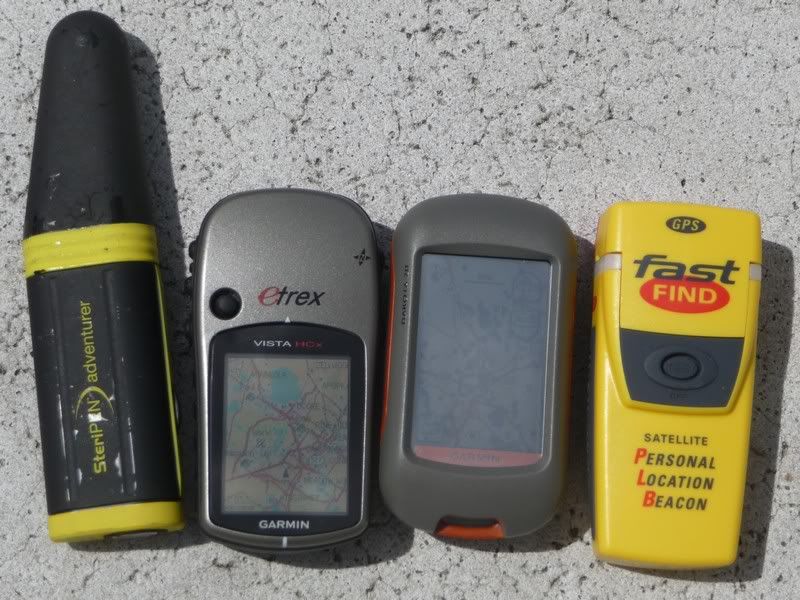
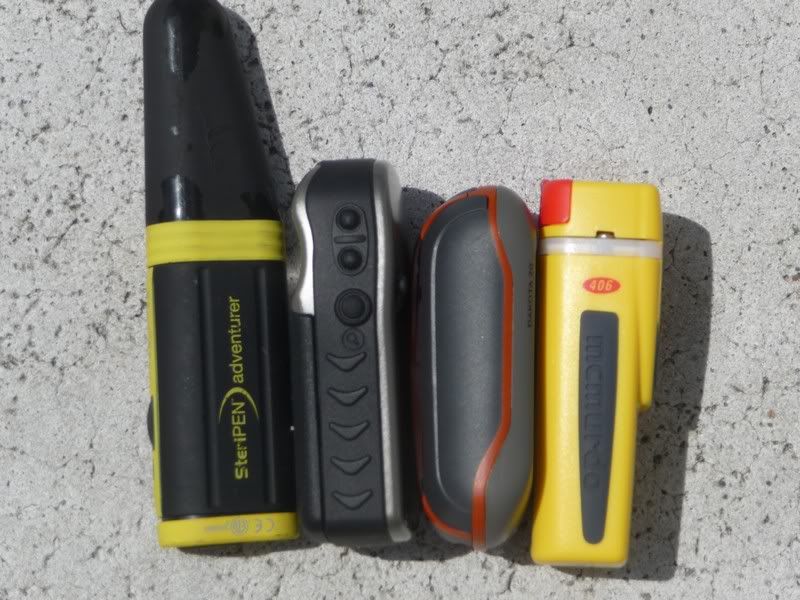
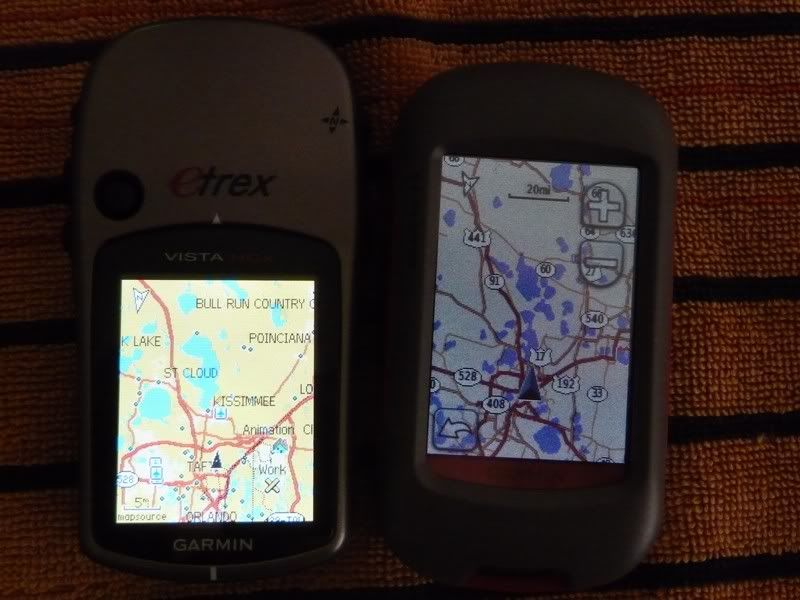
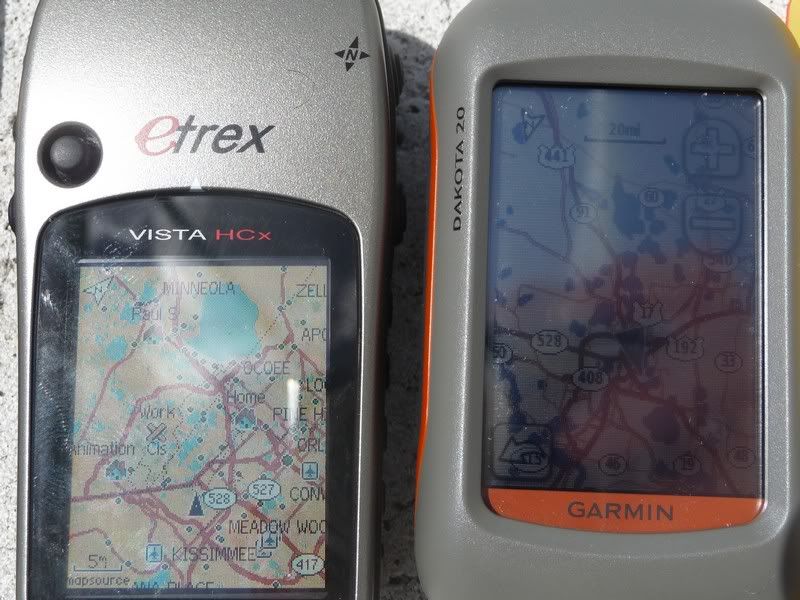
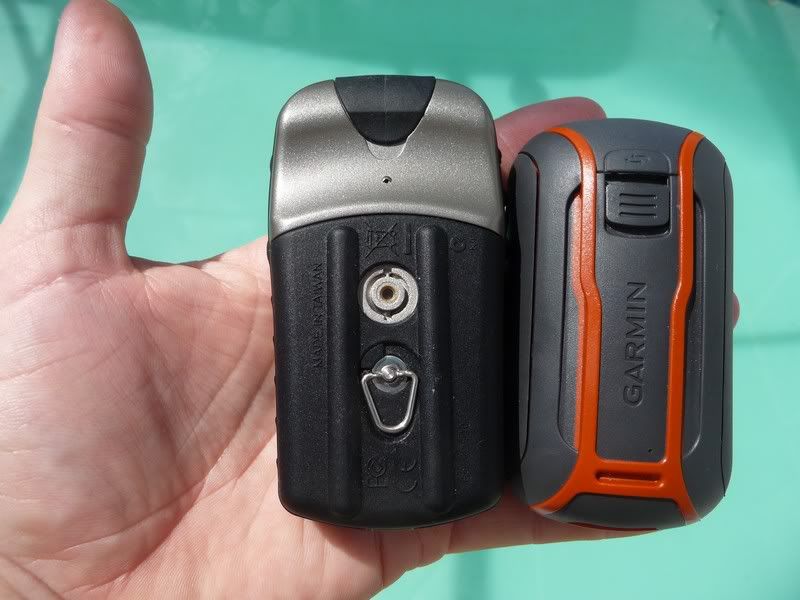
In To The Pool

Working underwater
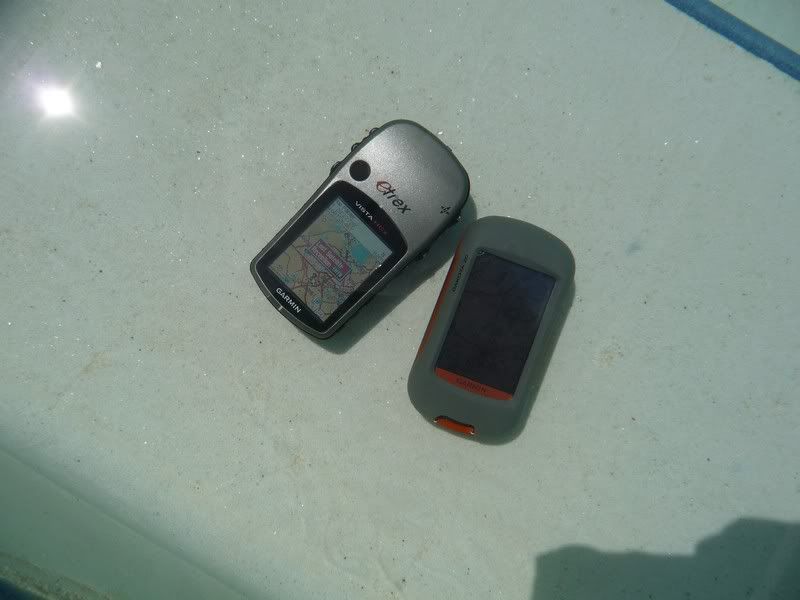
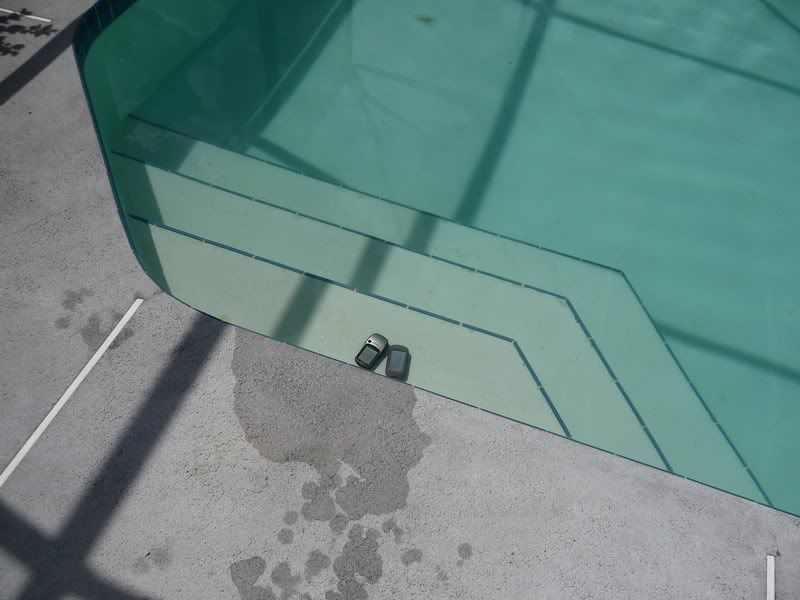
HCX and Deet
I think I've hit the max pictures per post, see Alan's post below for Deet HCX